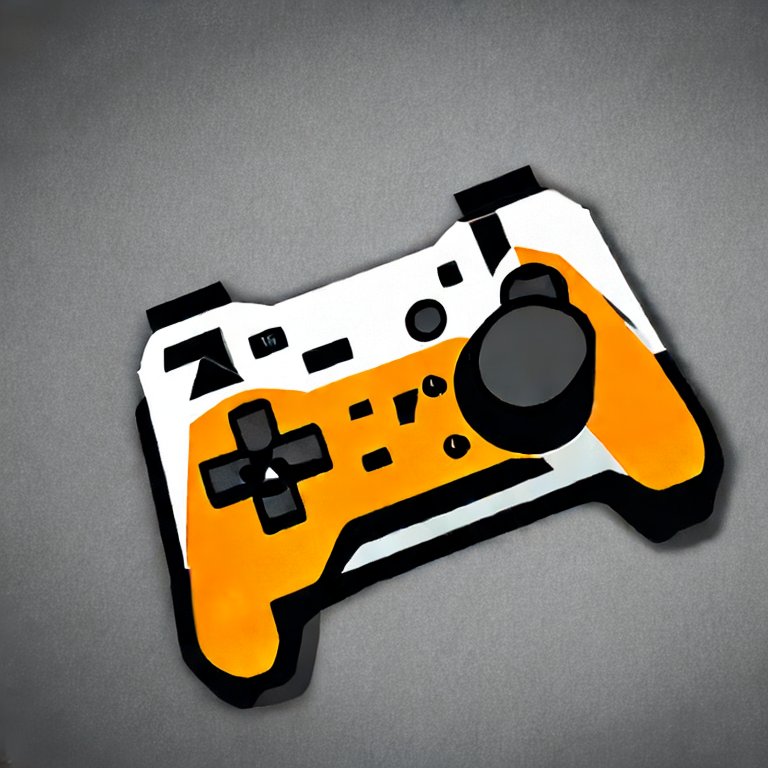- 0 Posts
- 123 Comments

Steph Sterlings’ recent video hits it directly. The big publishers see Balatro doing well, so they go copy Balatro. They spend a lot of effort looking for the next Balatro in all the wrong places. Their attempts to copy it will fail, because people who like Balatro will just play Balatro. This will continue until there’s a new indie darling dominating the sales charts, and then they’ll try to copy that.
The industry is deeply misguided.
IIRC, the steam release is based on a mobile port, and it’s bad. Maybe they fixed it since release, but I dunno.
PSX version added some anime cutscenes, which are nice. Problem is that loading times are horrible and happen as part of every battle.
I seem to remember the DS version being recommended. Otherwise, the SNES version is always good to find on the high seas.
It’s more approachable than most RPGs from the era. It has no random battles, and tends to avoid situations where you advance a character wrong and soft lock yourself. More hardcore RPG fans find it too easy, but it’s a classic for a reason.
Right, Dolphin had an encryption key in there for the Wii that was hardcoded in. That is apparently the one bit of legal leverage Nintendo has to keep it off Steam, though being Nintendo, they would likely fight it, anyway.
In any case, the key could be a user provided configuration option, or tools for ripping games could do the decryption on their own. Either should keep the code safe from Nintendo being able to win a case. Though again, doesn’t stop Nintendo from trying and exhausting your ability to fight it.

Correct. The license (at least, the one I read for Red Alert) is GPLv3 with some additional stuff. The additional stuff is mostly about not using EA trademarks in your version or showing any connection to EA itself. So it appears that a clean room asset swap would be allowed as long as it includes the title screen.

It has to be something that fits in a relatively small package so it can fit in the space constraints of old hardware. Anything with true 3D levels and texture mapped models is right out.
It also can’t be predominantly written in assembly. Making assembly code run on a different architecture is practically a complete rewrite, not a port.
This leaves a very narrow window of games written right around the time of Doom.

They got the formula right on this space:
- Linux, not Windows–Windows provides little that can’t be done on Linux in this space
- AMD, not Intel–AMD just has better products at this level (any level at this point, really)
- 720p–going higher doesn’t provide much at this size except suck battery life and requiring a more powerful GPU
- Price
Now, price is partially because Valve can afford to subsidize the cost and expect to make it up on Steam sales. I’d be remiss to ignore how they’re making their money. Still, they’re also able to have a good price because they didn’t try to make it as powerful as it could be, but as powerful as it needed to be.

Zelda 64 on the Switch was a mess at release, but the emulator has improved greatly since then.
Lots, but only a few that are worth a damn. I’ve come to call them “Han Solo Simulators”.
Its a genre that seems to attract a lot of half baked game designers. Make a big universe sandbox where you fly a spaceship to space stations and planets and moons and trade stuff and do pirate shit or anti-pirate shit. Lots of people have this idea, only a few make anything good out of it. Doesn’t seem like it can go wrong, and yet . . .
Battlecruiser 3000 AD is a particularly infamous case of 90s Internet lore. By all accounts, it did eventually patch the game up enough to be decent, but it took years to get there. At release, the game’s installer would crash for most people. However good it might have ended up, the Internet drama was better than the game ever could be. Look up “Derek Smart” if you’re interested.
The X series is one I want to like, but it’s been really buggy for me. Like rage quit when it destroys my progress kind of buggy. I haven’t played X4, though.
No Man’s Sky was an infamous mess at launch. Unlike Battlecruiser 3000 AD, it did eventually change its reputation, but it was a long, hard road. I played it a few years ago and found it uninteresting, but basically playable.
And then there’s Star Citizen. I’ll just leave it at that.
Anyway, the Elite series is probably the most successful for single player or smaller multiplayer, and Eve: Online for massively multiplayer.

Scalpers were basically non existent in the 4xxx series. They’re not some boogieman that always raises prices. They work under certain market conditions, conditions which don’t currently exist in the GPU space, and there’s no particular reason to think this generation will be much different than the last.
Maybe on the initial release, but not for long after.

For once, it looks like the answer is that they do see some big checks. From an article someone posted further down the thread:
https://www.theverge.com/2024/7/13/24197477/valve-employs-few-hundred-people-payroll-redacted
Lowest paid department is hardware, with an average of about $430k/employee.
Now, that is an average, and it’s hard to tell from here if a few highly paid employees in each department are throwing that number off.
Who could have guessed that ahead of time? The industry is famous for seeing a successful new strategy and then driving it into the ground with a list of copycats. The strategy has made so much money before; why would it ever have failed this time?
/s
(Let’s all laugh at an industry that never learns anything tee hee hee)